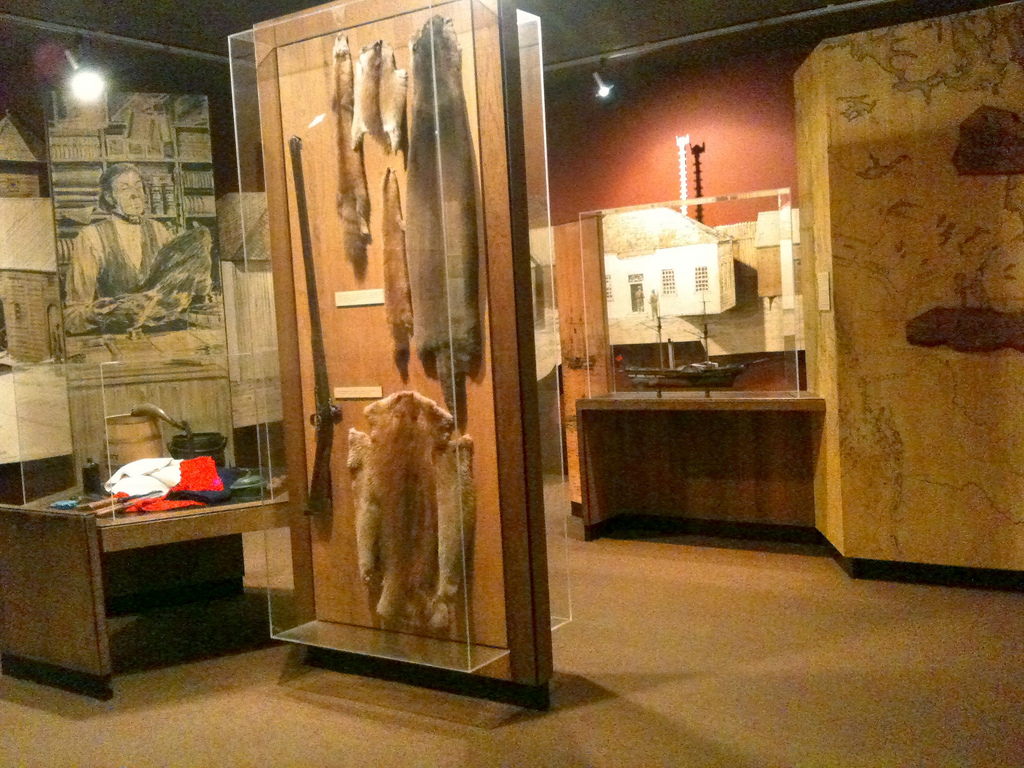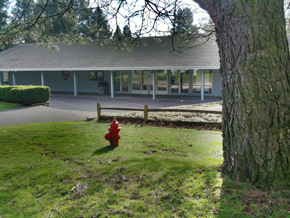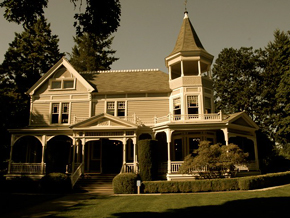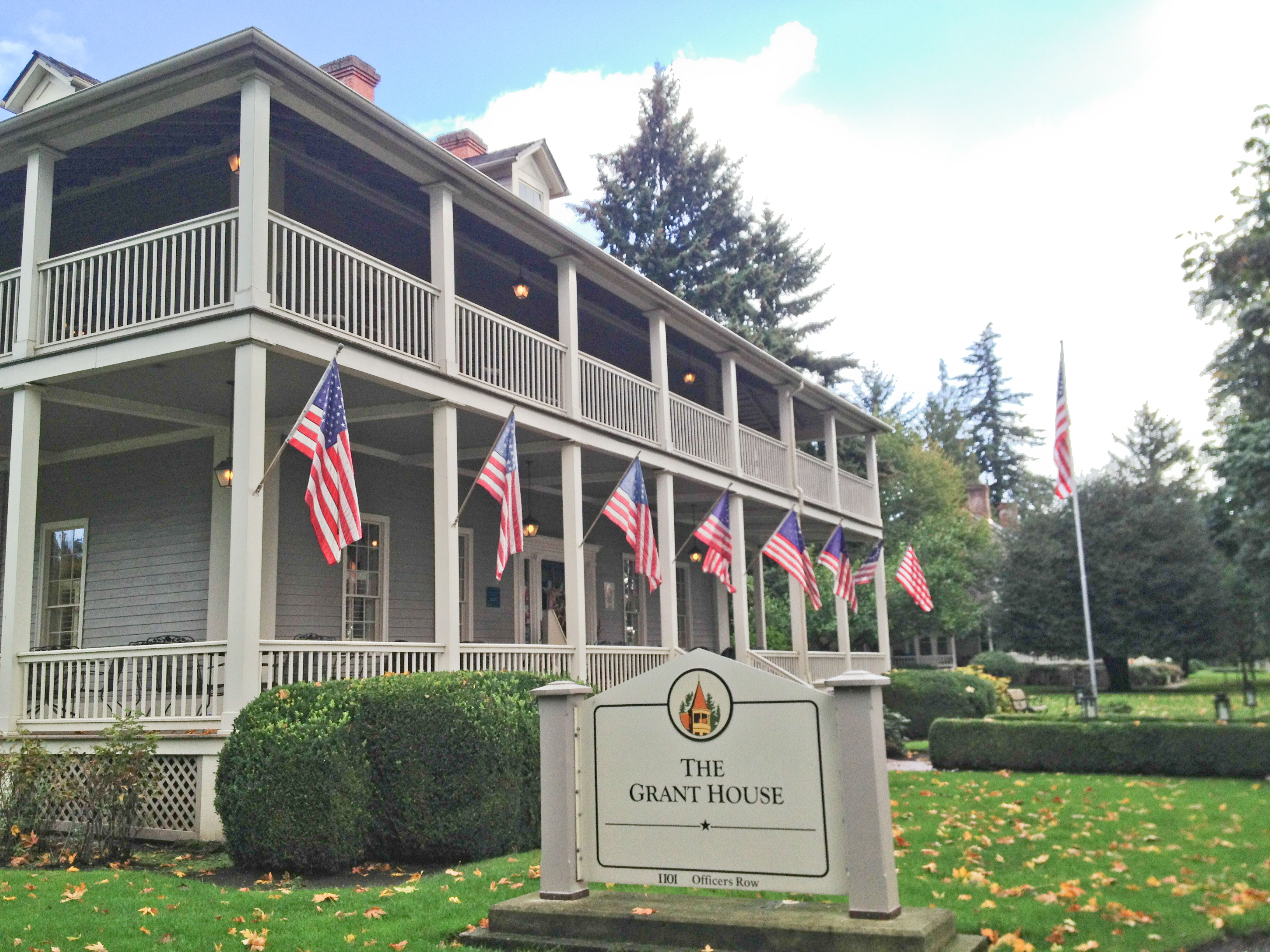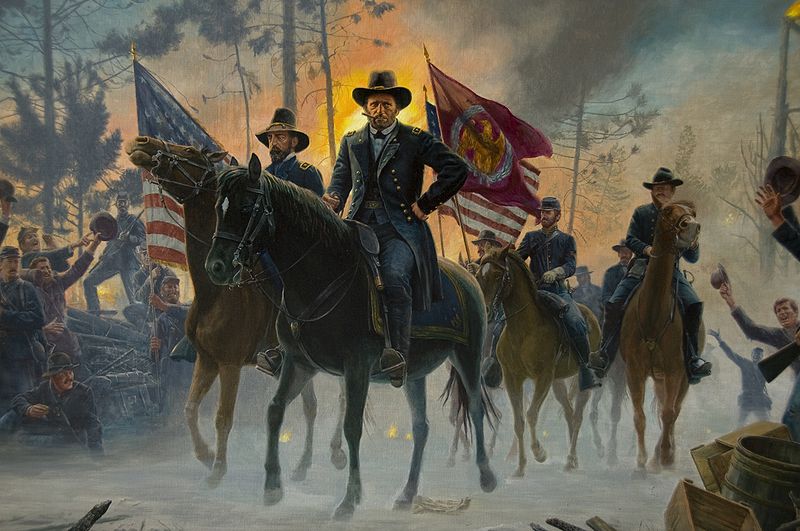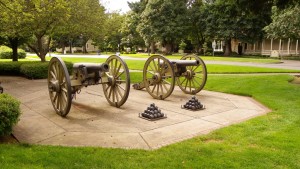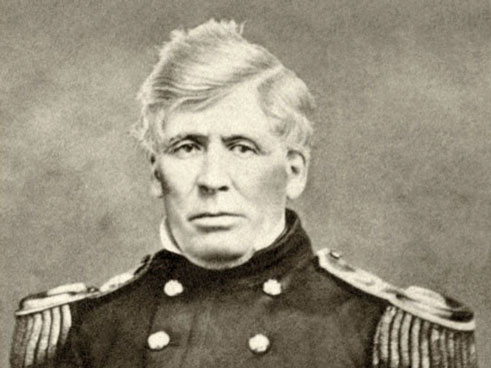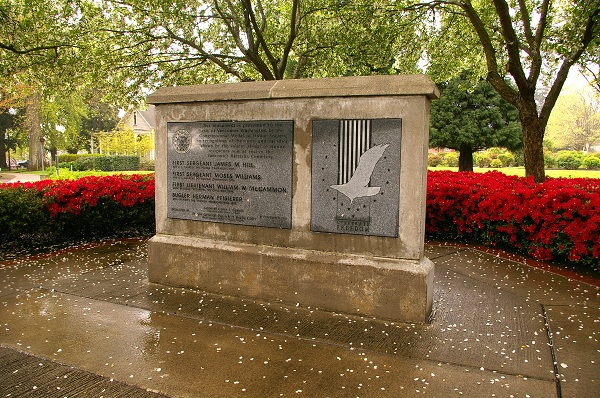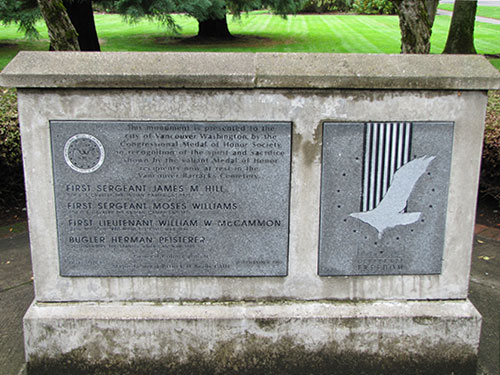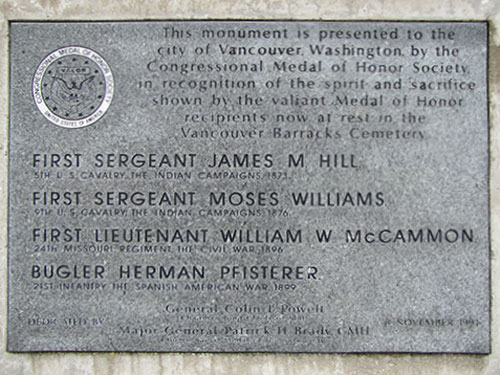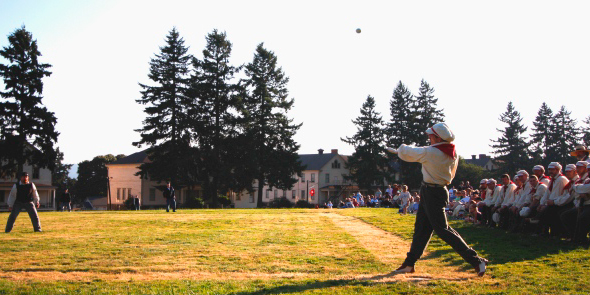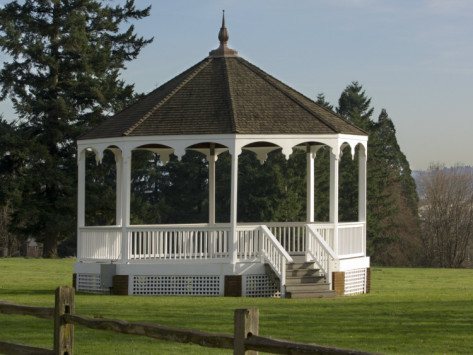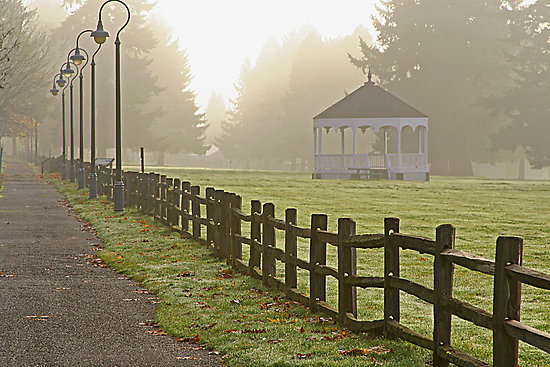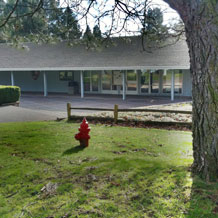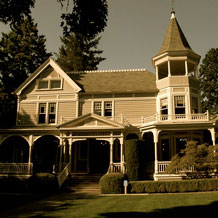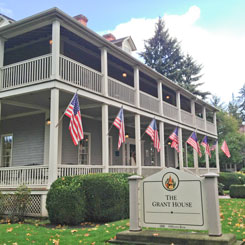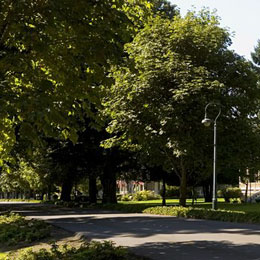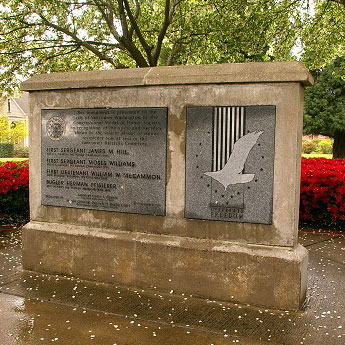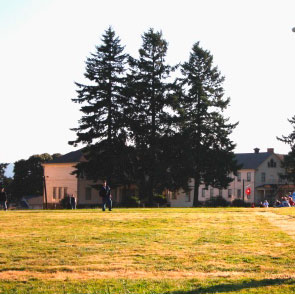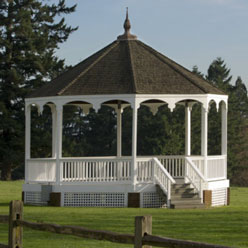Introducing Officer's Row
Today, if a visitor to Vancouver were to ask someone on street where to find Fort Vancouver, he or she would probably be sent to the reconstruction of Hudson’s Bay Company’s Fort Vancouver next to Pearson Air Park.
If this same person had visited Vancouver any time between the 1850s and 1940s, he or she would be directed to the American Fort Vancouver, also known as Vancouver Barracks.
Officer’s Row was a community of housing for military officers within Vancouver Barracks. War heroes, a future president, peacemakers, and various infamous characters have all lived in or visited these houses.
We hope you enjoy this app. Feel free to explore beyond what the tour currently provides.
The tour begins inside the Fort Vancouver Visitor Center.
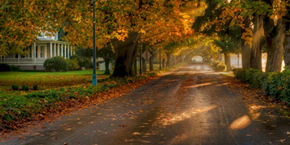
 Start the Tour!
Start the Tour! Map
Map Listview
Listview

